Wir verließen den Issyk-Kul und tauchten in die Kirgisische Steppe ein. Auf dem Weg gab es wilde Pferde, Kühe, Schafe und zwei wilde Kamele, die einfach so neben der Straße weideten. Die holprige Straße zum Suusamyr Hochplateau bot uns einige landschaftliche Leckerbissen, die uns immer wieder zum Fotostop zwangen. Dörfer mit sowjetischem Charme lagen am Wegesrand. Cowboys bewachten ihre Viehherden. Pferde galoppierten vor einer malerischen Kulisse neben uns her. Es war Kirgistan wie es im Buche steht. Die von schneedeckten Bergen umgebene Hochebene Suusamyr konnten wir am sonnigen Morgen des neuen Tages von einen der Hügel der Almen bestaunen. Zuvor hatten wir typisch Kirgisisch in einem der Bauerhäuser der eher tristen und der Ebene namensgebenden Siedlung Suusamyr verbracht. Auch eine interessante Erfahrung, doch als die Gastgeber uns erzählten, dass es hier im Winter schnell mal -50 Grad werden können, waren wir froh hier nicht leben zu müssen.
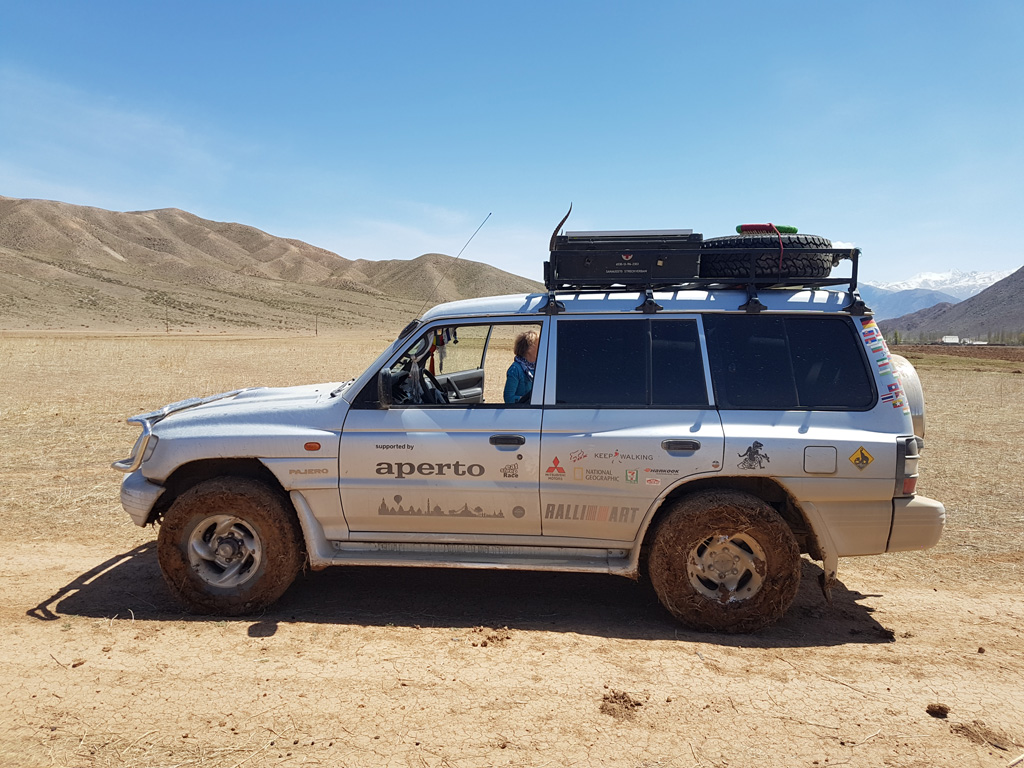



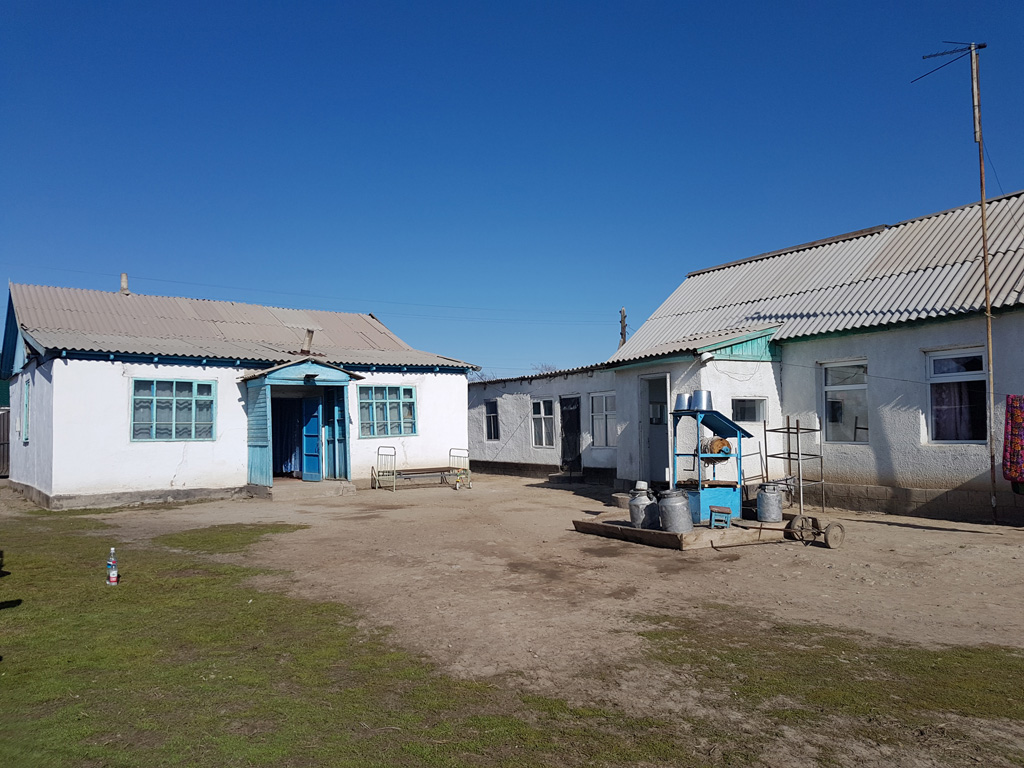

Auf der anderen Seite der Bergekette lag wieder Bischkek. Noch waren wir nicht reif für die Stadt und unternahmen eine Wanderung in den Ala-Artscha Nationalpark. Das der Park Naherholungsgebiet von Bischkek ist, konnten wir gleich bei unserer Ankunft bemerkten, als gefühlt die halbe Hauptstadt sich im Park befand. Es war Feiertag, dazu schönes Wetter. Also raus aus der Stadt und rein in den Park, was leider nicht ganz rückstandsfrei ablief und manch ein zurückgelassener Picknickplatz eher einer Müllhalde glich. Die meisten Besucher hielten sich jedoch in den niedrigeren Gebieten des Parks auf und so konnten wir bei einer Wanderung zu einem Wasserfall (der jedoch noch zugefroren war) eine ganze Herde von Steinböcken ganz ungestört und nah bei uns beim grasen beobachten.






Zurück in Bischkek suchte ich nochmal die Werkstatt auf. Federung, Stoßdämpfer und Stabilisatoren wurden erneuert. Ein neuer Zahnriemen wurde eingesetzt und die Ursache eines mysteriösen Pfeifens beim Gasgeben behoben. Die Reparaturen waren nicht nur notwendig für meine bevorstehende Heimreise, sie waren auch noch relativ günstig. Währenddessen war die Reisezeit mit meiner Mutter schon vorbei. Ich war froh, dass sie nochmal ein Stück mitgekommen ist, denn wann ergibt sich nochmal die Möglichkeit soviel Zeit mit seiner Mutti zu verbringen. Mein Versprechen heil Zuhause anzukommen bin ich noch dabei einzuhalten. Die Maschine, die meine Mutter nun zurück in die Heimat bringen sollte brachte mir meine nächste Reisebegleitung. Auch Lydia wollte nochmal, denn Kasachstan und Russland kannte auch sie noch nicht. Durch die Werkstattpause etwas verspätet setzten wir unsere Füße auf Kasachischen Boden, der einige Schönheiten für uns bereit halten sollte.


Die Route durch China
Die Route durch Kirgistan
BACK TO THE SILK ROUTE – THROUGH CHINA TO KYRGYZSTAN
We made it! We left the last part of the Karakorum Highway on the Pakistani side behind us. Fresh tire traces in the snow were behind me in the snow. It was impossible to be outside without sunglasses. The snow was shining to bright and everything around us was white. I had to turn on 4×4 at the last part to the border – the snow was too deep. The Swedish guys had to put on snow chains. 4 men pushed the motorcycle of our friend Rhan through the snow.
I was going to cross China for the second time on this journey. And again the crossing came along with high costs and long preparation time. If you want to cross China with your own vehicle it is mandatory to have a guide who is on your side the whole journey. Furthermore permits and paperwork has to be organized – everything by a Chinese agency. Crossing China by your own is hard to finance. Four days from Pakistan to Kyrgyzstan cost from 2.000 – 2.5000 USD. On my first China transit I was organizing a group of six overlanders and we shared some costs. And also this time we had four cars and one motorcycle in the group. Four days China transit should costs us 900 USD per car including three nights in a hotel. Still too much for all the trouble but the cheapest what we could get.
Even before we put a feet on Chinese ground we had to wait. It was a state in which we would find ourselves many times in China. The border gate was closed. Still lunch break. Slowly clouds came up and sent some snowflakes to the earth. After we waited one hour we could cross the border and had to change the time to three hours forward. Beijing time! And suddenly it was already 5pm. What happened then was purely a demonstration of power. Several miles after the border gate were the first military checkpoint. We had to wait in the car until the passengers of the previous car got controlled. When we left the car – even for just communicating with each other – an angry officer yelled at us! A minibus of Pakistanis was in front of us and it took ages until it was our turn. Then they checked the luggage, inspected any corner of the car and even checked the content of laptops and phones and left stupid comments about some pictures. At the end we had to send all our cars through the x-ray scanner. Until we could leave the checkpoint more than five hours have been past. It was -5 degrees and it was snowing since a while. The air on 4500m was thin and the nerves in our group gone. It was still 180 KM to Tashkurgan which we had to drive now at night. It was ice cold outside and very windy. Rhan couldn’t continue. He showed signs of high altitude sickness and couldn’t move his bike. Our Swedish friend Bert didn’t feel pain and drove his bike till Tashkurgan where we were supposed to meet our guide.
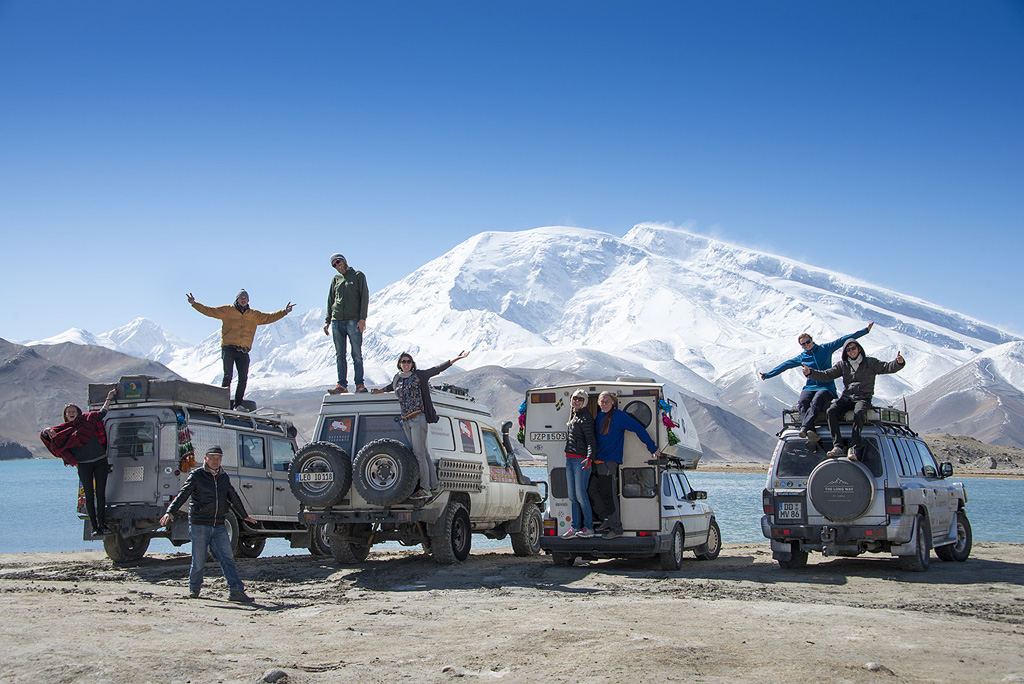
It was half past twelve at night when we arrive in Tashkurgan to pick up our immigration stamp. Our guide was angry at us because he already waited since the morning. But this was really not our fault. It was too late for the customs and we had to wait till the next day. We had to leave the car at the customs and went by taxi after a long tiring day to our hotel.
The next day started like the previous day ended – with waiting. We had to walk two miles to the customs to wait another hour until we got the message that our customs papers weren’t ready and we had to return after lunch break. Lunch break in China isn’t like almost everywhere from 12:00 – 13:00. No it is from 13:00 – 16:30. Why the hell are you doing three and a half hours lunch break? After the break we had to wait another hour before they sent us to another x-ray scan. After two cars went through the scanner, the device stopped working. We went several times through the scanner before the boss of the customs came to us to tell that we should wait now one hour. It is dinner break and the engineers are not working. We freaked out but that didn’t change anything. Again waiting. We left the customs at 21:30. It took a full day to scan four cars and one motorcycle in China…
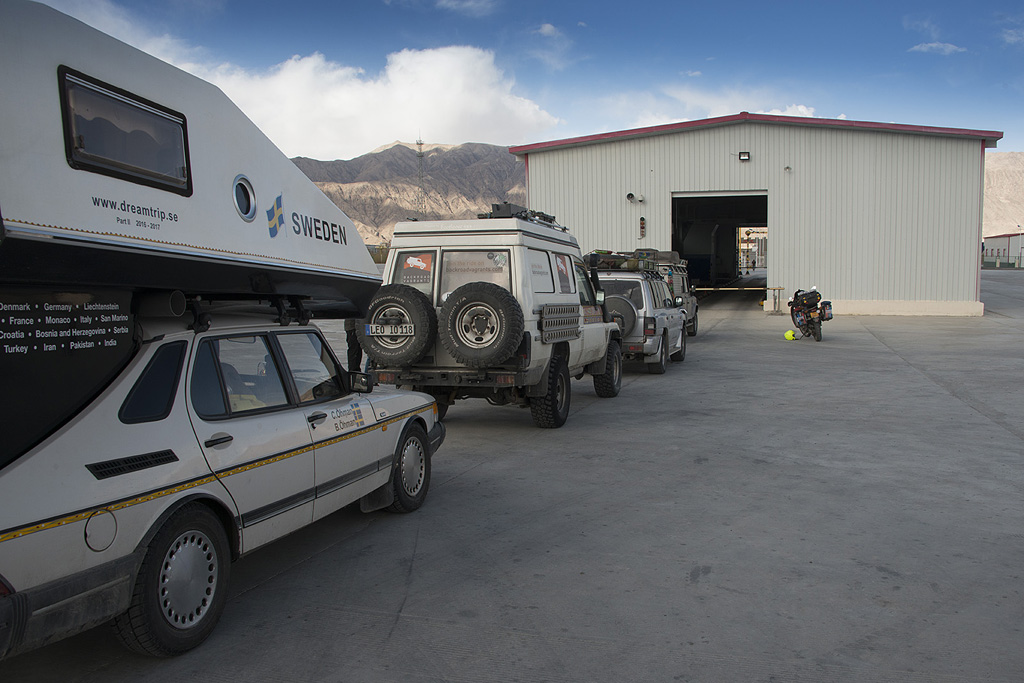
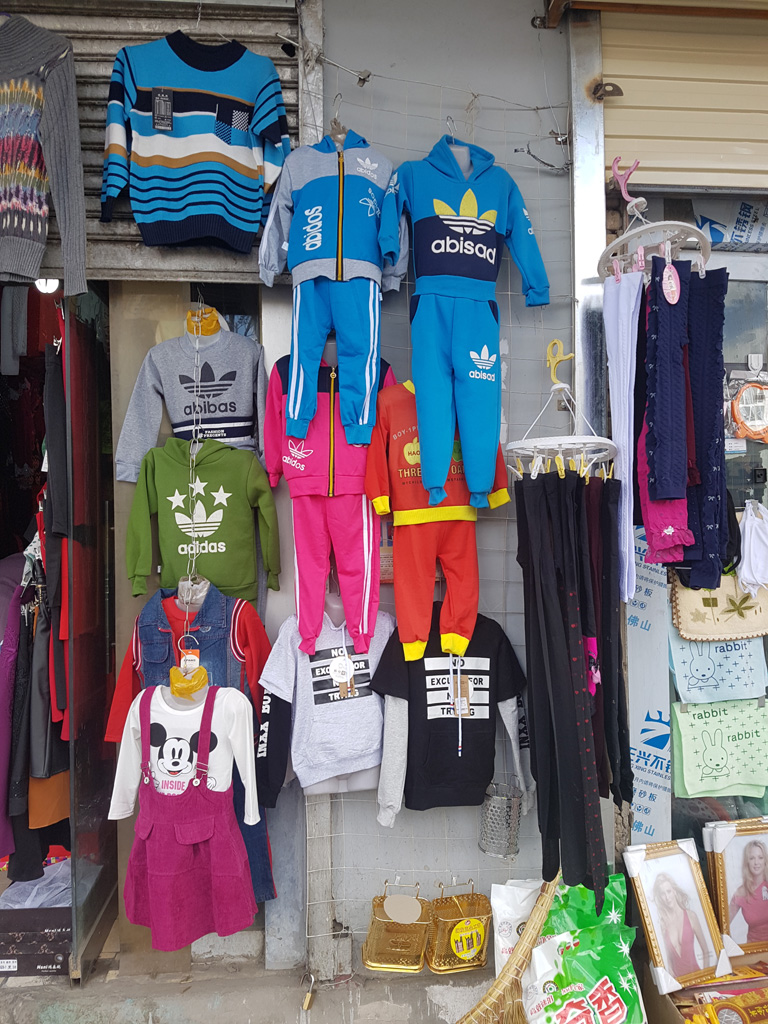






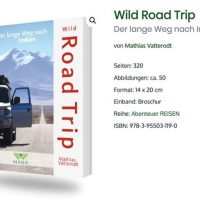
Hi
Über Welche Agentur habt ihr den China Guide organisiert und war er empfehlenswert?
Hi Axel, beide China-Transits haben wir über Erlebnisreisen-Tibet gebucht. Absolut empfehlenswert und in der unteren Preiskategorie:
info@erlebnisreisentibet.com